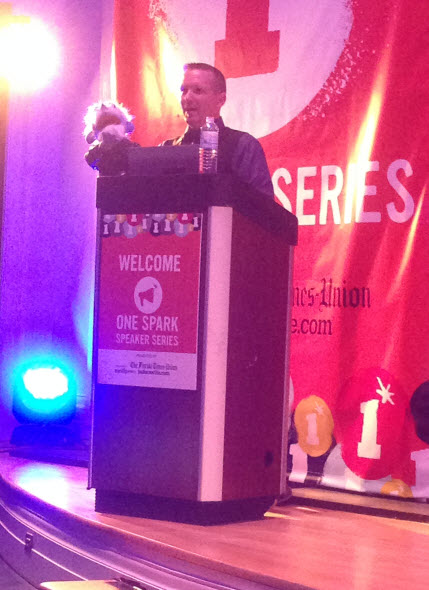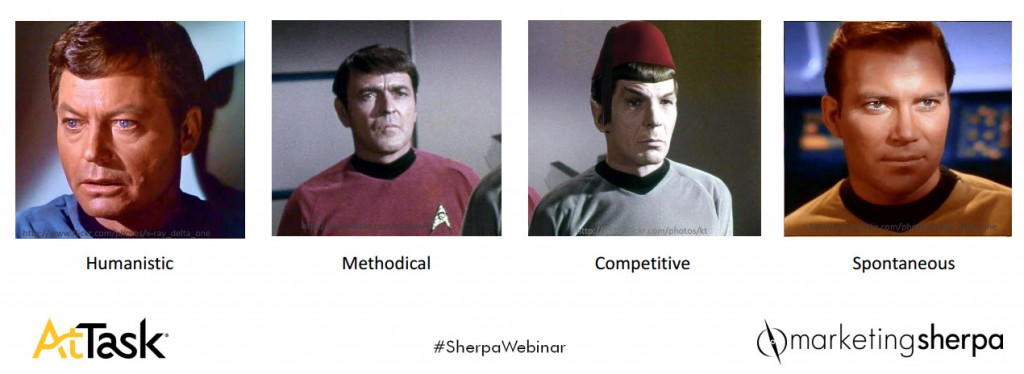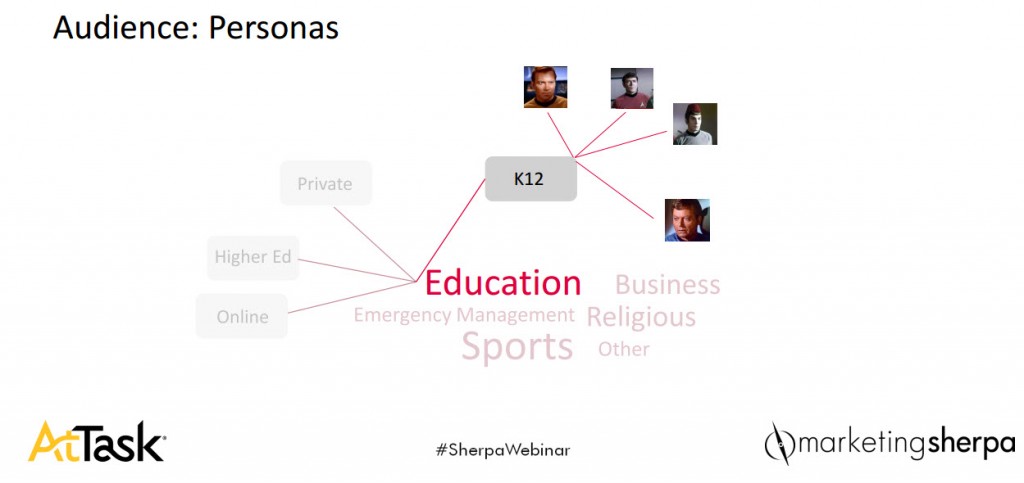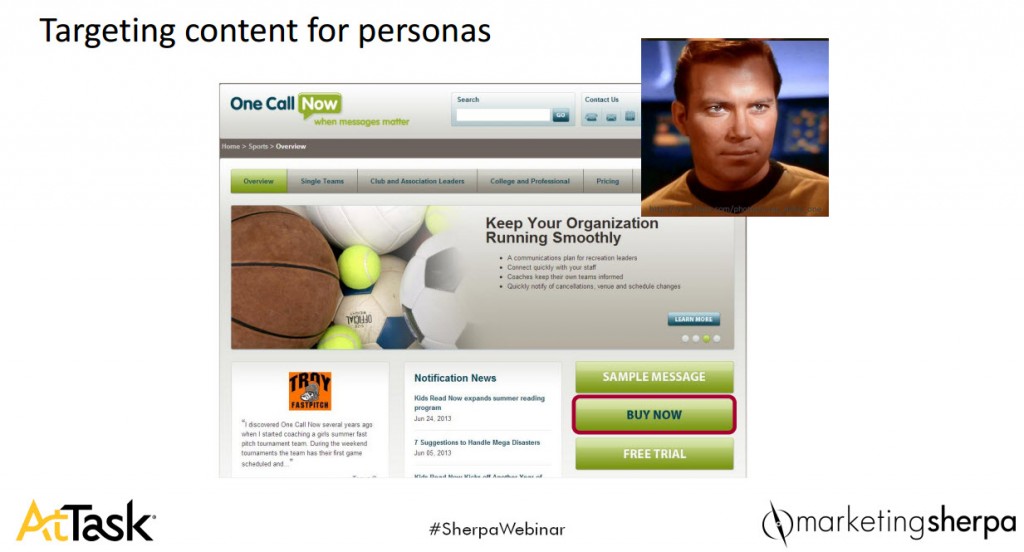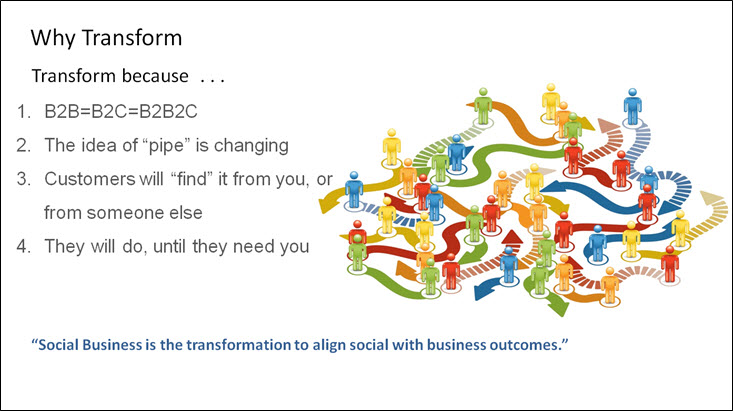Lead Generation: How to speak the language of your prospects
Originally published on B2B LeadBlog
At Lead Gen Summit 2013, Keith Lincoln, Vice President, SmartBear Software, discussed the importance of speaking the language of your customers, and, more importantly, when to say nothing at all.
“If you’re ever tired of hearing from us,” the email read, “you can opt out.”
Curious eyes met the screen at those words.
This text was not in light gray, hidden in small font at the very bottom of the email. Instead, it was in plain sight, in the body of the email — against best practices. Although the team did test an email following best practices that resulted in a slightly lower opt-out rate (under 1%), they ultimately decided they wanted to ensure that the recipients actually wanted to hear from SmartBear by using the more up-front version, resulting in a 2.5% opt-out rate.
How did Keith make the decision to abandon best practices with his campaign?
“Having sat at that lunch table for so long,” Keith said, “[and] knowing how testers and developers thought, I just said ‘Hey, let’s try this.'”
He interacted with his ideal audience every day and learned how to speak the language of his customers. He took what he knew about his audience and tested it against best practices.
Ultimately, Keith knew that by offering a quality free trial product, users would become loyal customers and tell their friends about it — all of the emails and encouragement from the marketing department wasn’t necessary to convert free trial users to customers.
Keith explained that they already captured the lead, and the lead was using a free trial version of the software. The team could track and monitor the customer’s use there. They did not want to annoy free trial users and decided that good will outweighed a large list and that a strong product would convert more users to a paid version.
You can watch the entire presentation, “Lead Nurturing: How solving the marketing automation and autonomy paradox increased lead volume 200%,” in the MarketingSherpa video archive to learn more about Keith’s lead gen efforts.
You may also like
Customer-centric Marketing: Using metaphors in your B2B strategy [More from the blogs]
Why Empathetic Marketing Matters and 7 Steps to Achieve It [More from the blogs]
Lead Generation: Customers are looking for a solution to their problems [More from the blogs]



